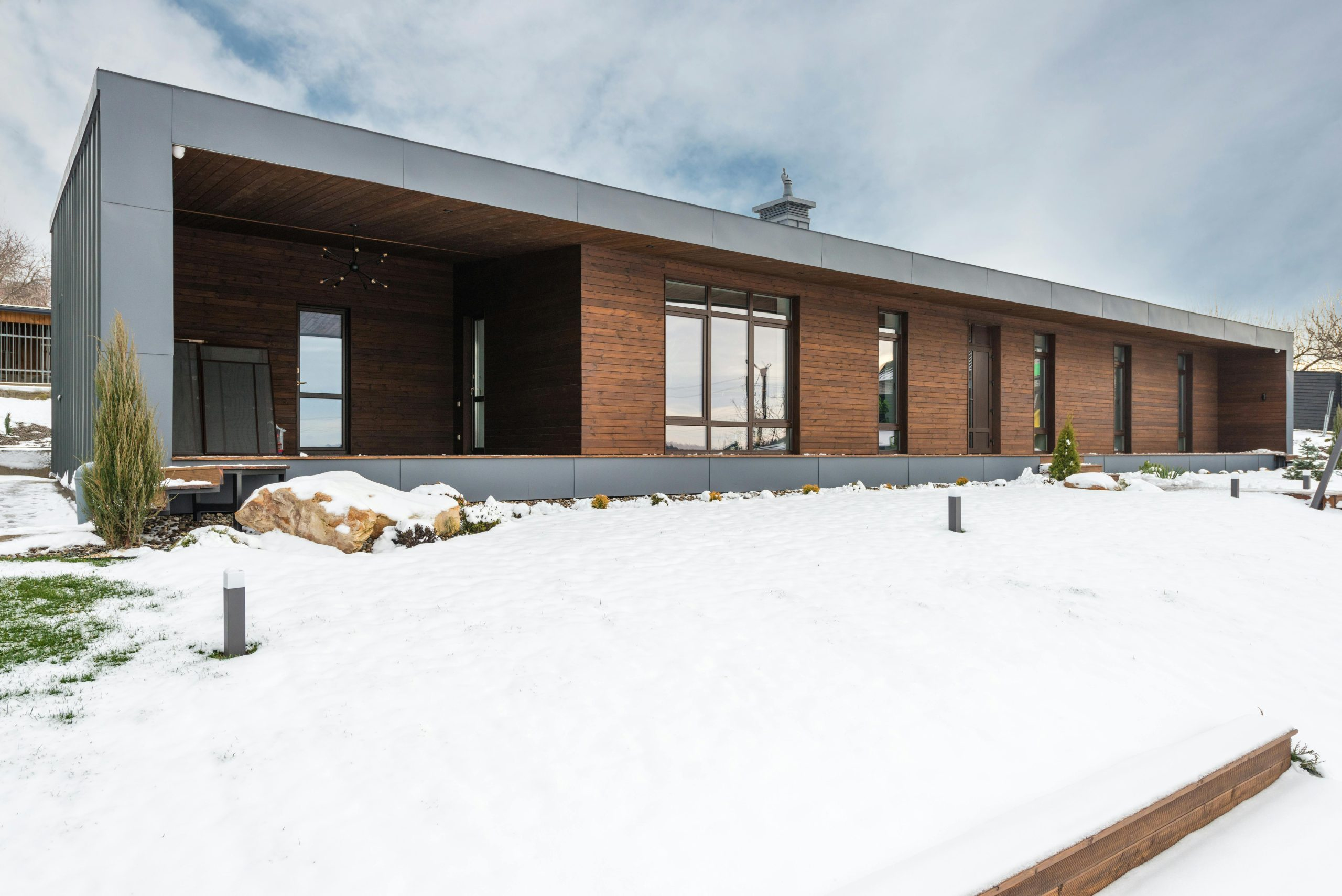Sustainable Housing: Creating Eco-Conscious Homes for Future Generations
In today’s world, the push for sustainable living has become more urgent than ever. Climate change and environmental degradation are looming threats that require immediate action, and one of the key solutions is sustainable housing. Creating eco-conscious homes not only benefits the environment but also creates healthier and more cost-effective living spaces for future generations. In this article, we will delve into the concept of sustainable housing and how it can be implemented to create a better world for ourselves and the generations to come.
The Importance of Sustainable Housing
Sustainable housing, also known as green housing or eco-housing, refers to using construction methods and materials that have minimal impact on the environment. The goal is to reduce energy consumption, reduce waste, and promote environmental preservation. In addition to being environmentally friendly, sustainable housing also has a significant impact on the quality of life for its inhabitants.
Environmental Benefits
The most obvious benefit of sustainable housing is the reduction of negative impacts on the environment. Traditional construction methods often involve using materials and processes that produce a significant amount of carbon emissions, contributing to climate change. In contrast, sustainable housing uses eco-friendly materials such as bamboo, reclaimed wood, and recycled plastics, which have a lower carbon footprint. Furthermore, sustainable housing incorporates energy-efficient technologies such as solar panels and geothermal heating, reducing energy consumption and reliance on fossil fuels.
Health Benefits
Sustainable housing also promotes healthier living environments for its occupants. Traditional homes often use materials that contain harmful chemicals, such as formaldehyde and volatile organic compounds (VOCs), which can cause respiratory problems and other health issues. In contrast, sustainable homes use natural, non-toxic materials, thus creating a healthier living space. Additionally, sustainable homes prioritize proper ventilation, reducing the risk of mold growth, which can also pose health risks.
Cost Savings
Although the initial cost of constructing a sustainable home may be higher, it is a long-term investment that pays off in terms of cost savings. Energy-efficient features and materials not only reduce the environmental impact but also save homeowners money on utility bills. For example, solar panels and geothermal heating systems reduce the dependence on grid electricity, resulting in significant cost savings. Furthermore, sustainable homes are built to last, reducing the need for frequent repairs and maintenance, thus saving money in the long run.
Features of Sustainable Housing
There are several key features of sustainable housing that make it different from traditional homes. These features are carefully planned and incorporated into the design and construction process to ensure a fully sustainable and eco-conscious home.
Passive Solar Design
Passive solar design is a fundamental feature of sustainable housing. It involves strategically positioning windows and using appropriate materials to maximize solar gain and natural lighting within the home. This reduces the need for artificial lighting and heating, ultimately reducing energy consumption and costs.
Green Roof
Green roofs, also known as living roofs, are becoming increasingly popular in the construction of sustainable homes. These roofs consist of vegetation planted on top of a waterproof membrane, providing numerous benefits, including insulation, reducing stormwater runoff, improving air quality, and providing a natural habitat for wildlife.
Greywater Recycling System
A greywater recycling system collects and treats used water from sinks, showers, and washing machines, and reuses it for purposes such as irrigation and flushing toilets. This reduces the strain on municipal water resources and promotes sustainability.
Implementing Sustainable Housing
As the demand for sustainable housing continues to rise, there are various ways to implement it into our communities.
Green Building Certifications
Several organizations offer green building certifications, such as Leadership in Energy and Environmental Design (LEED) and National Green Building Standard (NGBS). These certifications ensure that a building meets strict sustainability criteria, creating confidence and transparency for potential home buyers.
Government Incentives
Many governments worldwide offer incentives to individuals and businesses to promote the construction of sustainable homes. These incentives can include tax credits, rebates, and grants, making sustainable housing more financially appealing.
Community Initiatives
Community initiatives, such as co-housing and eco-villages, are emerging as popular ways to implement sustainable housing. These initiatives involve groups of individuals or families coming together to build eco-friendly homes, creating an environmentally conscious community.
Conclusion
Sustainable housing is no longer just a trend; it is a necessity in building a better future for ourselves and our planet. By implementing green building practices, utilizing eco-friendly materials, and promoting energy efficiency, we can create safe, healthy, and sustainable homes for future generations. Whether through individual actions or community efforts, it is time to make sustainability a priority in the housing industry.











